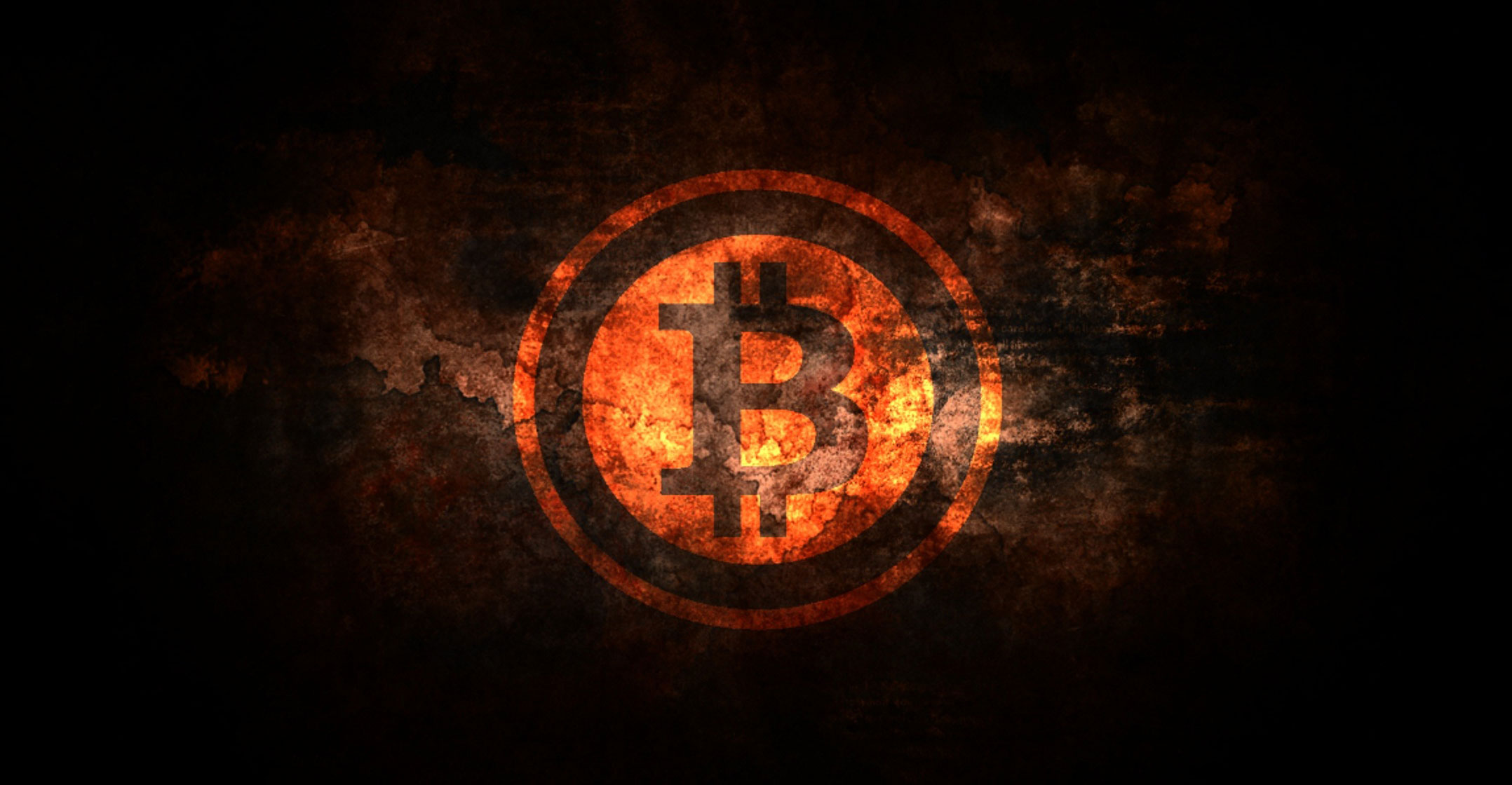
[dropcap]B[/dropcap]itcoin backers celebrated as the community embraced a new mechanism to improve usage and allow it to scale, boosting confidence in the virtual currency and sending prices back near record highs.
The community, which had been split on how best to make the cryptocurrency more manageable, rallied behind a code upgrade known as SegWit2x, which aims to increase the network’s transaction capacity. That fuelled a rally on Thursday in bitcoin’s price against the dollar, which had plummeted from a peak in June as concerns grew about its future.
“We’re thrilled to get past this impasse,” said Andrew Lee, head of bitcoin shopping start-up purse.io, whose team celebrated with beers at their San Francisco office. The development opens “the doors to much-awaited innovations”, he said.
Bitcoin enthusiasts in New York and San Francisco, to Hong Kong and Tokyo, gathered in bars and offices to hold impromptu parties, while others took to Twitter and social media to cheer the move, as well as the price rally.
The impasse arose from a limit placed on the size of blocks underpinning the network in bitcoin’s early days, in order to prevent hacker attacks. As the virtual currency grew in popularity over the past nine years, transaction times and processing fees soared, curtailing the community’s ability to process payments with the same efficiency as services like Visa. Miners and developers were locked in a heated debate for years on how best to upgrade the software, culminating in the recent clash.
More than 93% of miners who function as the backbone of the digital tokens network locked in support for BIP91, the first necessary step in implementing SegWit2x, according to Coin Dance, a website tracking adoption. Bitcoin’s miners are independent groups that verify and process bitcoin’s transactions by solving complex computational problems, in order to be rewarded by fees and creation of the digital currency.
SegWit2x
SegWit2x is essentially a compromise between two main competing camps. One proposed a direct approach, seeking to increase the block size. The other, a group of developers known collectively as Core, pushed for a long-term solution by moving some data outside of the main network, a scheme called SegWit that had been resisted by miners because it also could diminish their influence. In the end, the miners agreed to adopt SegWit, but also increase the block size to 2MB.
The upgrade isn’t final. The BIP91 lock-in has a grace period of about two days, during which miners will prepare to activate the software. It will then take about two weeks for SegWit to be fully adopted. Developers still warn about potential hacker attacks that could disrupt the process.
Then, three months from now, the community will face another challenge when some of the world’s biggest miners move to adopt the second phase of the proposal, the doubling of the blocksize. Still, many in the community agrees that the hard part is over, with prices seen stabilizing and strengthening.
“We do believe it will continue, now that we’ve gotten over this hump,” said Ryan Rabaglia, head trader at digital-trading company Octagon Strategy in Hong Kong. — Reported by Yuji Nakamura and Lulu Yilun Chen, (c) 2017 Bloomberg LP




